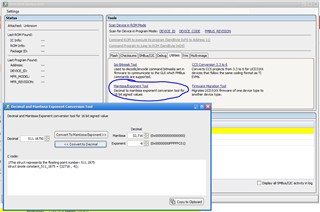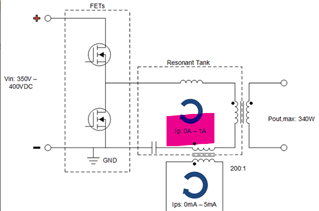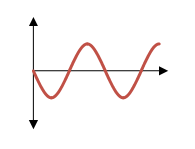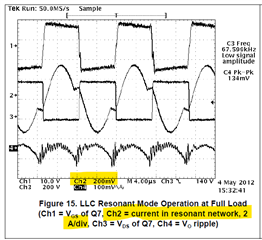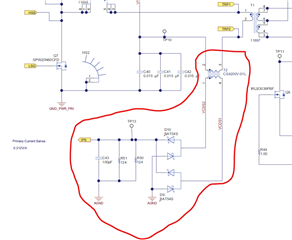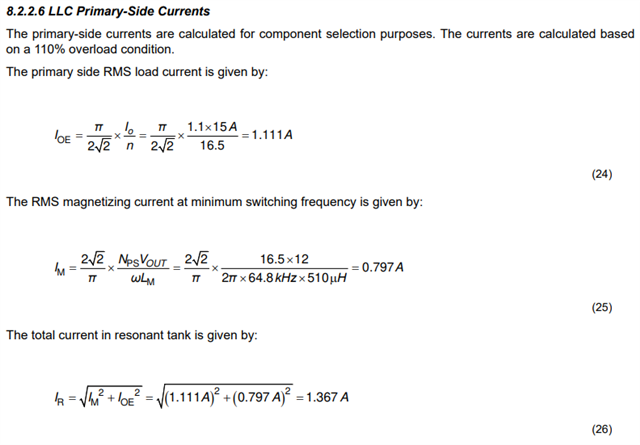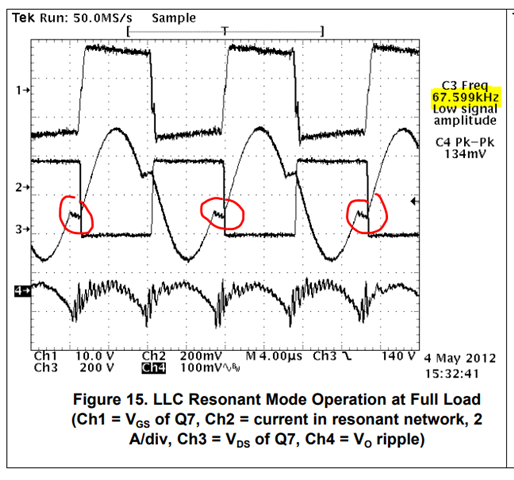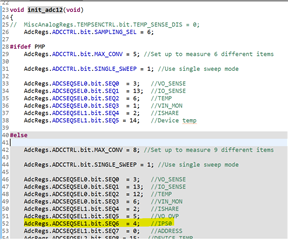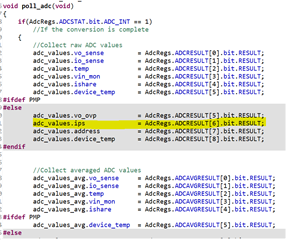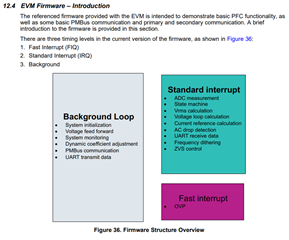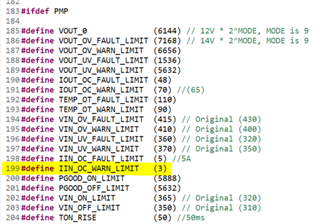Other Parts Discussed in Thread: UCD3138A, , PMP, UCD3138128A, UCD3138PFCEVM-026, UCD3138, PMP40586, PMP20978, TIDA-00512
Hi,
I am trying to scale LLC power converter rating using UCD3138ALLCEVM150 as a reference.
I have also understood the scaling for the signals VIN_MON, IO_SENSE and VOSADC12 using the following thread: Link
Can anyone please explain regarding the calculation of IPS signal from primary current CT. (as shown in the Fig)
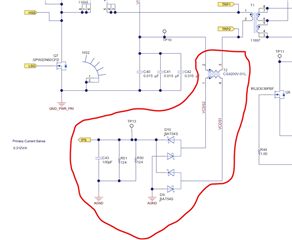
Also, please explain regarding the calibration in the firmware. How do I calculate the mantissa and exponent for the related variable IIN in the following code in system_defines.h:
#define ADC12_IIN_SCALER_MANTISSA (32716)
#define ADC12_IIN_SCALER_EXPONENT (-6)



